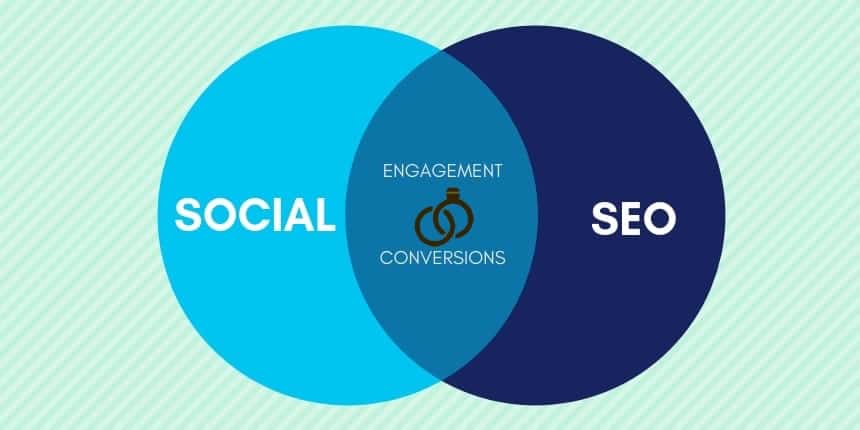

Why is India Becoming a Global R&D Hub?
When electronics component suppliers invest in India, high chances are that they won’t see proportional growth in sales. But, those who continue to invest, soon witness growth from all across the globe…
I remember the day Sanjeev Keskar (then heading Freescale, and now heading Arrow Electronics, India) explained to me that India was going to be a Googly (similar to ‘Curve Ball’ for baseball followers) for electronics component suppliers.
While his discussion was tightly linked to the electronics components ecosystem, I realised that there was a deeper learning for most tech providers.
His explanation was simple—electronics manufacturing in India is negligible—hence if suppliers looked at Sales in India for return on their investments—they were going to be highly disappointed. But, for those who could track the ‘Design Ins’ and ‘Design Wins’ they were influencing in India, and generating sales across the globe—they would want to invest more and more in India. Nutshell—for calculating RoI, if you looked at Sales IN India—you were doomed. But, if you looked at Sales FROM India—you would fall in love with it.
Have Things Changed? How?
But, this was back in 2011. I have shared this interesting phenomenon with every person trying to figure out India’s electronics industry, and the repeated discussions lead me to published a LinkedIn post titled “India Designs, China Sells”. Since then, I have seen the discussion evolve to questions like—isn’t India doing more work related to software or embedded only? Is R&D happening when it comes to circuit design? Is India’s share in R&D increasing? Is India going up the value chain when it comes to R&D and design? What are the application areas where India developing expertise in?
Great questions. And, while I shared different figures and reports with those who asked—I realised the need for an easily accessible reference material that could not only answer these questions with supporting facts, but could also be updated from time to time with most recent data. Hence, this post.
Let me begin with the recent news item in India’s leading daily—Times of India, which declared that India’s Engineering and R&D (ER&D) Outsourcing industry was bigger than it’s famous BPO (business process outsourcing including call centres) industry! But, hold on. The real gems of wisdom lie in the report referred to, which released by NASSCOM and ZINNOV:
- ER&D business is growing 11% YoY in India
- India attracted 30% of global R&D in 2018 (up from 28% in 2017)
- While total business volume of ER&D is US$ 36 Bn, those by captive centres is US$ 18 Bn and those by Independent Design Houses is US$ 14.5 Bn
- Captive global ER&D business in India is larger than in China!
But isn’t that all software? Or is there electronics?
Good question. While the report does mention that China is much stronger when it comes to ER&D related to electronics and hardware integration, it goes on to cite electronics majors like Bosch and Intel and their electronics-related works in India. And, in the end it talks about how Automotive is a segment that’s attracting ER&D work in India—across all segments including electronics.
But, let’s not bet everything on a single report. Let’s see if there are other developments that point in the same direction. For starters, allow me to point you to this announcement by Samsung wherein they announced their decision to expand their existing R&D operations by hiring an additional 1000 engineers from India’s top institutions. The quote by Sameer Wadhawan, head, human resources, Samsung India provides some valuable insights, “Our R&D centres are focusing on cutting edge technologies, developing innovations for the Indian market as well as for the globe. We will continue to add engineers for research and development in these areas and further our commitment to making a strong research base in India.”
Another interesting announcement is by Foxconn, where they announced their decision to setup an R&D centre in India. Then, there’s this interesting report by EETimes titled “Will India Emerge as a Mobile R&D Hub?” Key findings of this report include:
- Both Samsung and Apple have strong R&D bases in India
- Even the Chinese players—including Xiaomi, Oppo, Vivo, OnePlus and Gionee have setup R&D centres in India to localize their products and even develop global solutions
- While initial focus of all these centres is to leverage India’s strength in Software and AI, all of them aim to do product design and even develop IOT products from India
What are the key areas of R&D in India?
To answer this question, let me first point you to a recent release by NASSCOM, which claimed that emerging technologies were leading the next wave of IP creation in India.
The report highlights the fact that India domiciled companies filed over 4,600 patents in the US between 2015-2018, of which majority were from the technology domain, with Artificial Intelligence being the fastest growing area followed by IoT.
And, when you put all the reports and announcements together, the bigger picture indicates that India is developing strong ER&D capabilities in the following segments:
- Artificial Intelligence
- Internet of Things and Mobile Devices
- Automotive Electronics
- Industrial Electronics
- Aerospace & Defence
So what’s in it for you?
That depends on what you sell. I see opportunities for at least two different types of businesses:
- Those who sell products, services or solutions that enable R&D and innovation—then India is a super-fast growing market for you, and you can expect your sales to grow
- Those who sell products, technologies or solutions which get selected by design and R&D engineers but get sold in geographies where the designs get manufactured—then you won’t get much sales in India, but India can influence a lot of sales for you!
And, I hope that your business is amongst one of them.
Would be happy to entertain any queries, feedback or sharing of experiences as comments (below) or you may email to me at [email protected].
I want to explore
marketing ideas to grow
my business...
For any query feel free to mail us at [email protected] or call us at
+91-98111-55335









